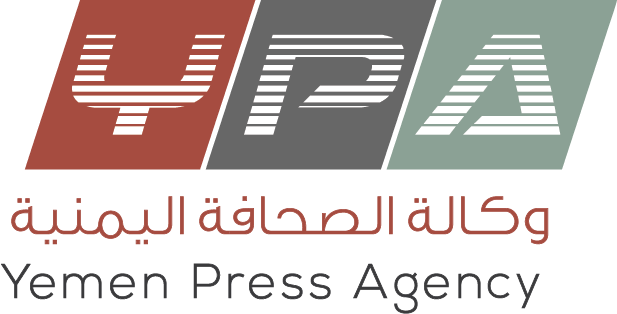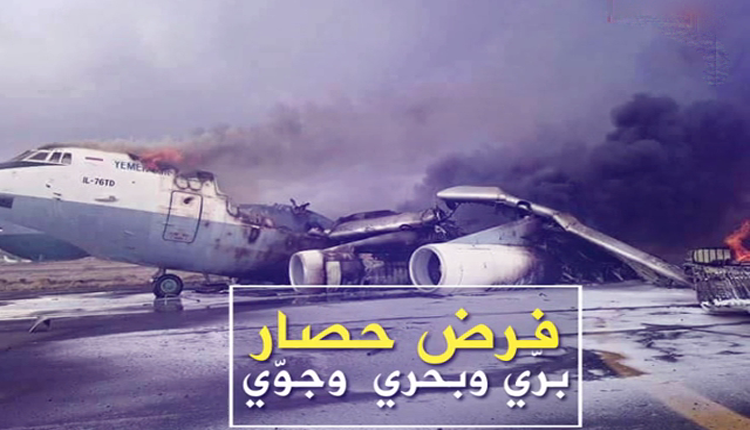SANAA, Oct. 2 (YPA) – Yemenis face enormous difficulties due to the deterioration of the humanitarian and economic situation in the country since the outbreak of war in early 2015.
Over three years and a half, the coalition led by Saudi Arabia and the UAE has committed humanitarian crimes that have left tens of thousands of dead and wounded civilians, mostly women and children.
The coalition warplanes targeted infrastructure and fundamentals of life in the country, including factories, ports, airports, water tanks and citizen farms, as well as targeting military and security installations, assassinating political leaders and imposing a suffocating siege.
However, all this did not enable the coalition to take control of Yemen, but it helped to encourage the Yemenis to face the war imposed on their country, which led the coalition to use new strategies in the war that can achieve what weapons could not achieve.
Economic War
The coalition turned to use the economic war on Yemen by targeting the purchasing value of the national currency, deliberately hitting the economic and living stability in the country.
On September 18, 2016, the first moments of the economic war began in Yemen. The resigned president Abdrabo Masnour Hadi issued a decision to transfer the Central Bank of Yemen from the political capital of Sana’a to Aden, which was welcomed by the pro-coalition countries.
The transfer of the central bank led to the interruption of staff salaries as a result of turning all oil, fisheries and gas revenues into the bank in Aden, which contributed to the deterioration of living conditions of citizens.
The salaries crisis continued in Yemen. As the days passed, civil society organizations warned against the spread of epidemics and famine, which caused many diseases that killed many children and poor people.
Collapse
In mid-2017, the Yemeni riyal collapsed to its lowest level at that time after the coalition imposed a ban on the remittances to and from Yemen, with the cessation of oil and gas exports, which are the most important sources of national income from hard currency.
In addition to the cessation of aid and donations and foreign loans, the screws were tightened on the remaining national exports to abroad.
The Yemeni riyal continued its collapse after printing at the beginning of this year one trillion riyals of local currency by the government of Hadi without insurance to settle down then at 360 riyals against the US dollar.
But the Yemeni riyal has returned to collapse again since the coalition recent escalation of the Hodeidah, in an attempt to win the battle of the coast, subject the Yemenis and to gain political papers in any consultations.
Behind the curtain
In his televised speech following the Eid al-Adha, Leader of Ansaruallah said that the US ambassador threatened the Yemeni delegation participating in Kuwait’s consultations in 2016 to exert economic war on Yemen “until the situation reaches the Yemeni currency is not worth the price of ink and paper, “If Sanaa does not accept the dictates of the coalition.
The economic war continued, and the coalition stood as a stumbling block in front of the efforts of banks to feed their assets abroad in hard currency. It refused more than a request to allow the transfer of hard money from the coffers of commercial and Islamic banks in the capital Sana’a to foreign banks, so that Yemeni banks can not cover the value of necessary imports as food and medicine. Thus, the situation reached to freeze all foreign reserves of hard currency owned by the Yemeni government and private banks, and hundreds of millions of dollars were held as receivables to Yemeni companies abroad without any justification.
A few days ago, Hadi government printed a trillion riyals, and 24 billion riyals of which arrived at the port of Aden a week ago. This was followed by the collapse of the Yemeni riyal to reach 800 riyals against the US dollar.
Suspicious winds
The coalition continues to practice war in Yemen by various means. Its media outlets, along with some of the media affiliated with Hadi’s government, have sought to inflame the situation in several Yemeni provinces, especially those governed by the Supreme Political Council.
These steps started with the “Peace Winds” and “Cold Winds” projects to target the conscience of Yemenis who refuse foreign intervention in their country’s affairs by promoting actions that serve invisibly the coalition forces in their war project on Yemen.
b a m


